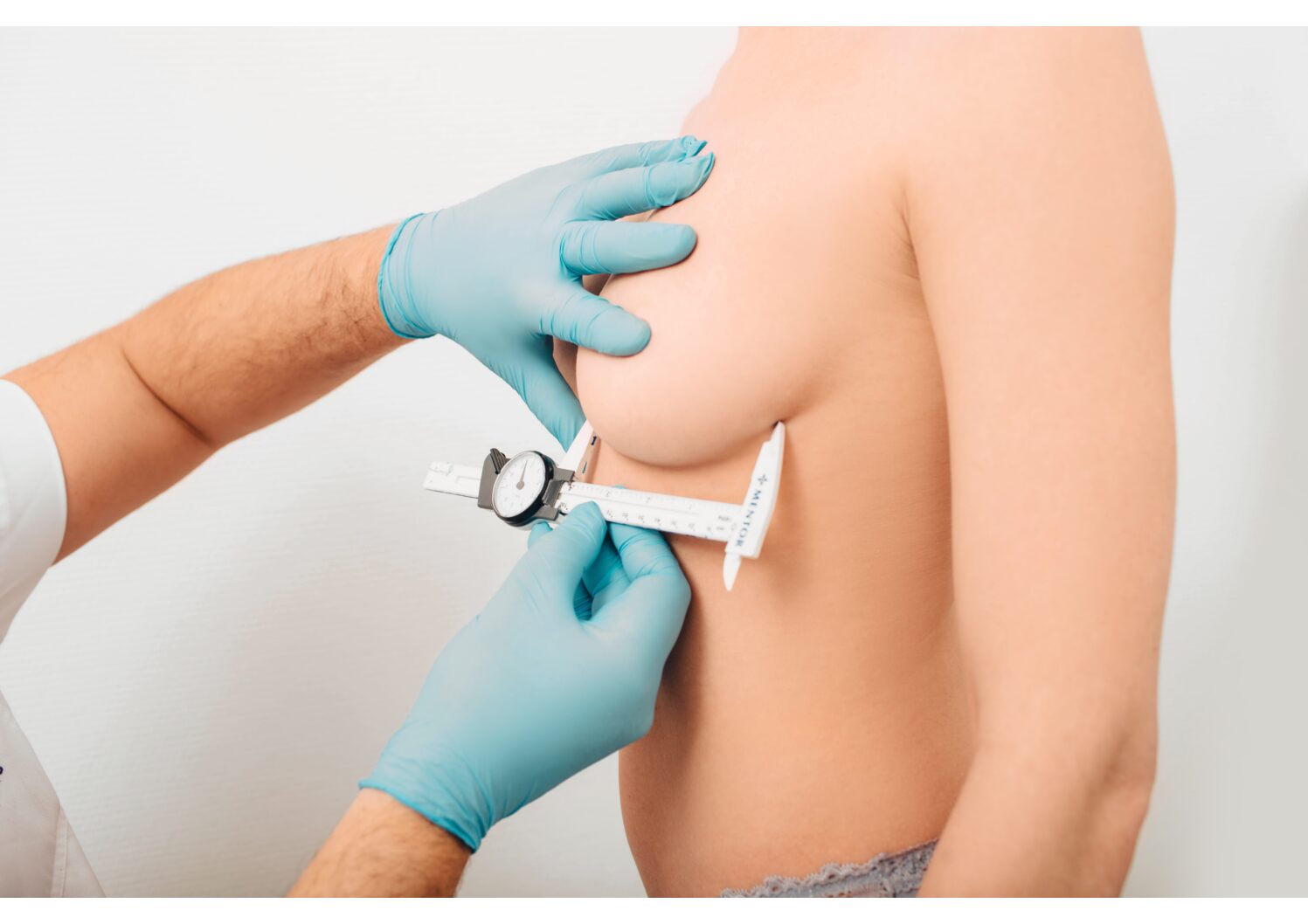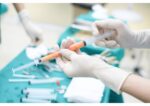What to Ask During a Breast Enlargement Consultation: A Complete Guide
Introduction
Considering breast enlargement is an exciting yet significant decision. Whether you’re looking for breast implants or fat transfer augmentation, a consultation with a board-certified plastic surgeon is the first step. Asking the right questions during your consultation ensures that you make an informed, safe, and confident decision.
In this guide, we outline the most important questions to ask during your breast enlargement consultation, backed by expert recommendations and scientific research.
- Questions About the Surgeon’s Qualifications and Experience
✅ Are you a plastic surgeon on the specialist register of the GMC?
Ensure your surgeon is certified by a recognized authority, such as the American Board of Plastic Surgery (ABPS) or the General Medical Council (GMC) in the UK. Board certification guarantees that they meet rigorous training and safety standards (ASPS, 2023).
✅ How many breast enlargement procedures have you performed?
Experience matters. Surgeons with extensive experience in breast augmentation are more likely to deliver safe, high-quality results (Haddock et al., 2020).
✅ Can I see before-and-after photos of previous patients?
Reviewing a surgeon’s portfolio helps you assess their artistic skill and consistency in delivering natural-looking results.
- Questions About the Procedure and Surgical Techniques
✅ What are the different types of breast implants?
Breast implants come in two primary types:
- Silicone implants – Feel more natural but require routine monitoring.
- Saline implants – Safer if ruptured but may feel less natural.
Each has advantages and risks, so understanding the best option for your body type is crucial (FDA, 2022).
✅ Should I consider fat transfer instead of implants?
Some women opt for fat grafting, where fat is removed from another part of the body and injected into the breasts. This natural alternative avoids foreign materials but may not provide the same size increase as implants (Coleman et al., 2015).
✅ What size and shape would best suit my body?
Choosing the right implant size and shape depends on:
- Your anatomy (chest width and breast tissue availability)
- Your lifestyle (active women may prefer smaller implants)
- Your aesthetic goals
A study in Plastic and Reconstructive Surgery found that patients who choose a size that complements their body typetend to have higher long-term satisfaction (Swanson, 2013).
✅ Where will my incisions be made?
Common incision sites include:
- Inframammary (under the breast fold) – Most popular and hidden.
- Periareola (around the nipple) – May risk nipple sensitivity changes.
- Transaxillary (through the armpit) – No scars on the breast itself.
Each incision type has different scarring, healing times, and risks (Hammond, 2009).
- Questions About Safety, Risks, and Complications
✅ What are the risks associated with breast enlargement?
Although breast enlargement is generally safe, potential risks include:
- Capsular contracture (scar tissue around the implant)
- Implant rupture or leakage
- Changes in nipple sensitivity
- Breast implant illness (BII)
A study in Aesthetic Surgery Journal found that 1 in 10 patients may experience some form of implant-related complication over 10 years (McGuire et al., 2017).
✅ How long do breast implants last? Will I need a replacement?
Breast implants are not lifetime devices. Most last 10–20 years, but some may need earlier replacement due to rupture or complications (FDA, 2022).
✅ Can I still breastfeed after breast enlargement?
Most women can breastfeed after implants, but factors such as incision location and surgical technique may impact milk production. Studies show that periareolar incisions may carry a higher risk of breastfeeding difficulties (Hurst et al., 2019).
✅ Should I get a mammogram before surgery?
Women over 40 should undergo a mammogram before breast enlargement to detect any breast abnormalities before surgery. This helps prevent hidden conditions from affecting future breast health (ACS, 2023).
- Questions About Recovery and Post-Operative Care
✅ How long is the recovery period?
Typical recovery timeline:
- 1–2 weeks: Return to light activities.
- 4–6 weeks: Resume exercise and heavy lifting.
- 3–6 months: Final results become visible.
✅ What post-operative care do I need?
Ask about:
- Pain management options
- Wearing a supportive bra
- When to resume normal activities
Research shows that proper post-op care improves recovery and reduces complications (Jewell, 2018).
✅ How will my implants feel over time?
Implants soften and settle over months. However, hardening due to capsular contracture can occur in 5–10% of cases(McGuire et al., 2017).
✅ When can I expect to see the final results?
Initial swelling lasts a few weeks, but implants fully settle within 3–6 months.
- Questions About Costs and Financing Options
✅ How much does breast enlargement cost?
The average cost of breast augmentation varies by region and surgeon expertise. According to the American Society of Plastic Surgeons, the average surgeon’s fee is £6500–£7,500, excluding additional costs like anaesthesia, facility fees, and follow-up care (ASPS, 2023).
✅ Are there financing options available?
Many clinics offer payment plans, financing programs, or medical credit lines to help patients manage costs.
Conclusion: Be Fully Prepared for Your Breast Enlargement Surgery
Asking the right questions during your breast enlargement consultation helps you:
✅ Choose the right surgeon and procedure
✅ Understand the risks and benefits
✅ Ensure long-term satisfaction with your results
By discussing safety, aesthetics, recovery, and costs, you can make an informed decision that aligns with your body, health, and personal goals.
Final Tip: Take notes during your consultation and don’t hesitate to ask for clarifications. A great surgeon will welcome all your concerns!
References
- American Cancer Society (ACS). (2023). Breast Cancer Screening Guidelines.
- American Society of Plastic Surgeons (ASPS). (2023). Breast Augmentation: Costs, Risks, and Recovery.
- Coleman, S. R., et al. (2015). Structural Fat Grafting to the Breast: Current Concepts and Review. Plastic and Reconstructive Surgery, 136(5), 891-906.
- Food and Drug Administration (FDA). (2022). Breast Implant Safety and Lifespan Guidelines.
- Haddock, N. T., et al. (2020). The Impact of Surgical Experience on Breast Augmentation Outcomes. Aesthetic Surgery Journal, 40(6), 1223-1231.
- Jewell, M. L. (2018). Postoperative Care and Recovery in Breast Surgery Patients. Aesthetic Surgery Journal, 38(3), 217-225.
- McGuire, P. A., et al. (2017). Long-Term Safety of Breast Implants: A 10-Year Review. Plastic and Reconstructive Surgery, 140(3), 669-678.










